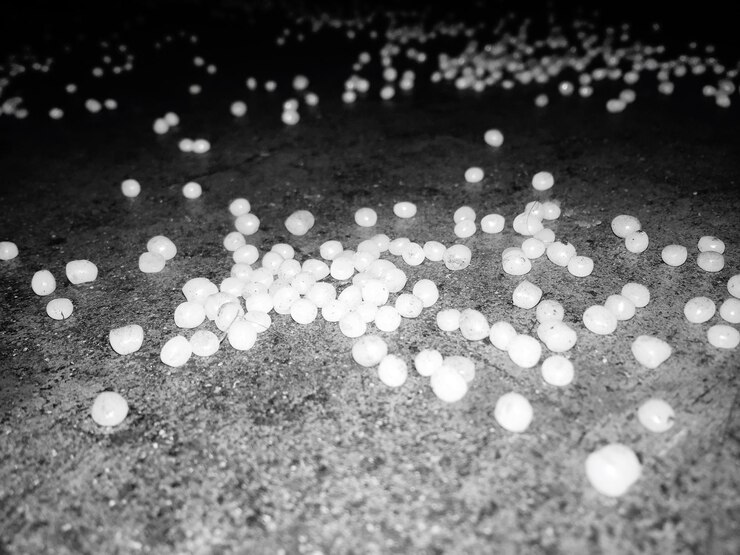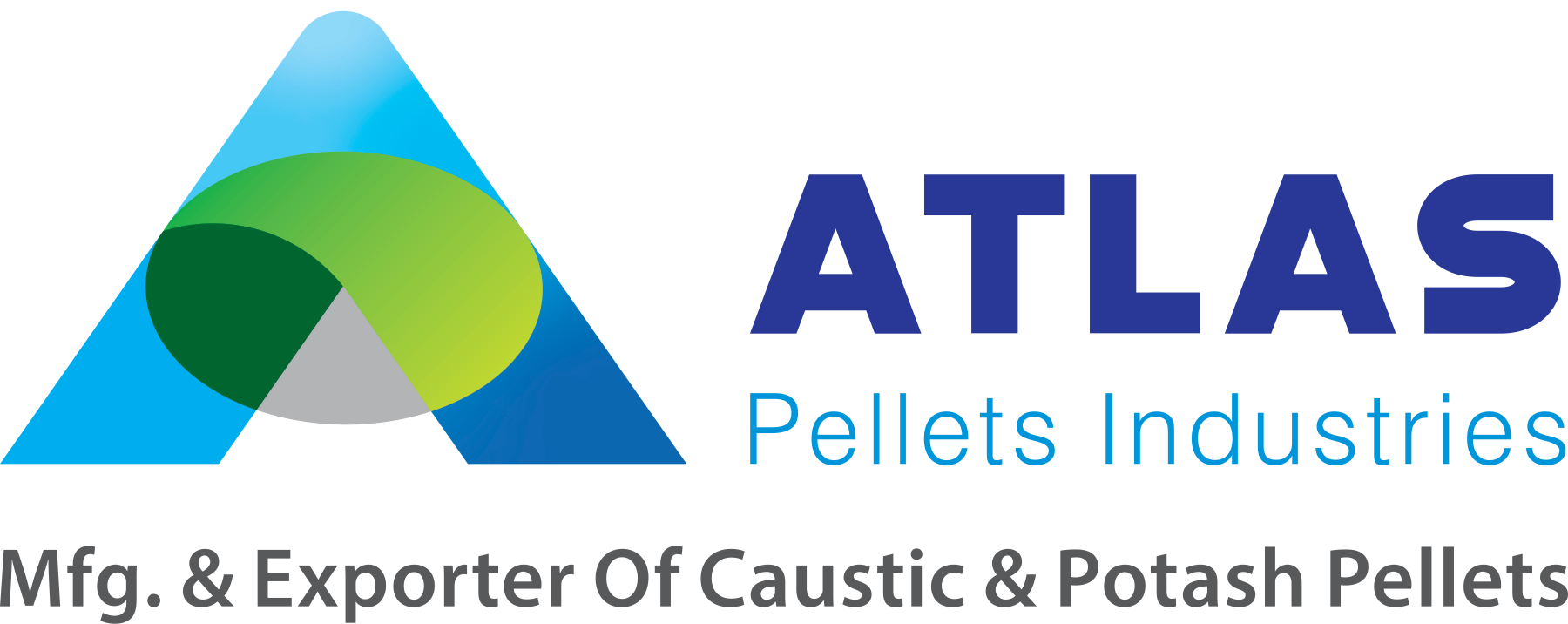Sodium Hydroxide, known as NaOH, is a versatile chemical of great value to industries such as manufacturing, pharmaceuticals, water treatment and cleaning. Sodium Hydroxide has high alkaline nature and it comes in various forms which include Sodium Hydroxide pellets and liquid Sodium Hydroxide. Each form has its own characteristics regarding properties, handling, and usage in industries.
What Are Sodium Hydroxide Pellets?
Sodium Hydroxide Pellets refers to small globular shaped solidified sodium hydroxide also referred to as lye or caustic soda. This pellet is small bead like structure and possesses high purity and stability hence can use in several industrial applications. In contrast to liquid sodium hydroxide, Sodium Hydroxide Pellets gives users flexibility in their operation as it is easy to store, transport and measure.
Due to the high degree of purity, these pellets are used in places where accurate chemical reactions are critical in production. It was found to be involved in pharmaceutical industries for neutralization and chemical synthesis as well as in water purification for controlling pH and getting purified water. Nevertheless, Sodium Hydroxide Pellets are essential in cleaning and chemical processing companies since they are powerful alkalis.

Understanding Sodium Hydroxide Liquid Solutions
Sodium hydroxide as a liquid solution finds its application in many industries because it dissolves easily in water and can easily be prepared in a wide range of concentrations. Usually, Sodium Hydroxide Pellets are used by dissolving them in liquid to obtain solution that can be easily adjusted to the needs and tasks of certain application with regard to concentration rates. This liquid solution form is highly reactive and suitable for instances where the need is to create more chemical reactions instantly.
Sodium hydroxide liquid solutions or NaOH is easy to handle and use due to its liquid form; therefore widely used in industries such as chemical production to regulate pH level, to make soap, and as a neutralizer. They are also used in the cleaning industry since they are effective in removing grease, dirt and any other organic materials. For such reasons Sodium hydroxide is mostly used in its liquid solution form for such applications where one needs precise control and regulation of usage and where the ability to transform Sodium Hydroxide Pellets into a usage friendly liquid solution is a significant advantage.

Sodium Hydroxide Pellets vs. Liquid Solutions – Key Differences
Choosing between Sodium Hydroxide Pellets and liquid solutions sometimes it is important to consider certain differences of product properties and usage in the working process, as well as the peculiarities of the storage.
Purity and Concentration:
Sodium Hydroxide Pellets tend to be fairly pure, and it’s convenient to dissolve them into the desired concentration. Liquid solutions are already more diluted which is more convenient but the concentrations of reagents cannot be changed easily. In terms of concentration, the pellets are more accurate for any application that requires close measurements of dosage.
Storage and Handling:
Sodium Hydroxide Pellets must be stored in closed containers which prevent exposure to air to ensure the pellets do not absorb moisture and become ineffective. On the other hand, liquid solutions must be kept in different types of receptacles, sometimes requiring temperature and chemical inactivity so as not to interact with chemicals in its vicinity.
Usage Flexibility:
The versatility of Sodium Hydroxide Pellets is that they allow users to create desired solutions on-the-spot: this is especially useful in cases where the concentration or types of solutions needed are diverse. In contrast, liquid solutions are already solutions on their own sense and are appropriate for processes where a solution can be immediately applied or used without having to be further prepared.
Safety and Handling Requirements:
Sodium Hydroxide Pellets should be handled in a way that it will not easily come in contact with moisture as it reacts when in contact with water through exothermic processes. Liquid solutions are even more reactive but need to be stored and well aerated to avoid risks from the vapors they produce. For both forms, the right personal protective equipment (PPE) should be used to avoid complications during handling.
When to Use Sodium Hydroxide Pellets or Liquid Solutions
Real Life Examples and sectors
Sodium Hydroxide Pellets are suitable to use in concentrated reactions like laboratory analyses, production of drugs, and limited chemical processes. These characteristics allow them to have even longer shelf lives and are easy to transport too.
Liquid solutions makes sense for cleaning enterprises, textile mills, and major chemical companies whose require product ready for use and with consistent concentration.
Efficiency and Safety Improvement
Custom solutions can be achieved for pellet stoves as they are less flexible than other heating options while in controlled settings, pellets lead to fewer impacts on cost and waste.
Liquid solutions are easier where there is much handling because they combine with other solutions so there is little exposure to risks of cross contamination.
Real-World Examples
Pellets: Sodium Hydroxide Pellets might be used in a laboratory for preparing correct molar solutions that are required for the experiments.
Liquid Solutions: A manufacturing plant could use liquid sodium hydroxide for its flexible application into the production area, thus increasing the rate of production while decreasing the amount of time a line is offline.
